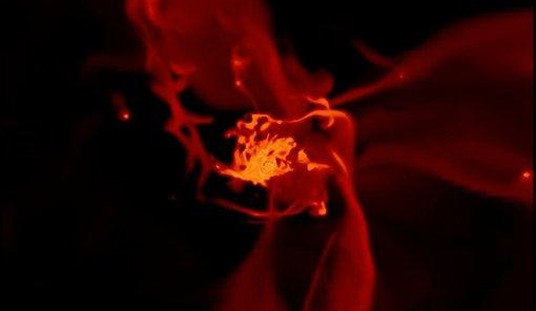Frisco Delenda Est! shouts the city’s larger-than-life socialist former mayor, at least cinematically-speaking:
“This weekend moviegoing America will watch Godzilla stomp the daylights out of San Francisco,” Brown wrote. “I wish it would happen more often.”
Brown was not referring to the actual destruction of the city, as nearly happened in the devastating 1906 earthquake, but the virtual destruction of the city in Hollywood films and entertainment. He lamented the fact that few films are shot in California, let alone the Bay Area, owing to global competition in the film industry.
Particularly in the 1970s and ’80s, San Francisco used to be the second-most popular city for Hollywood to shoot in, as it was an easy hour long flight for the stars to travel from LAX to SFO, and the city maintained film crews for both out of town productions and its own once-burgeoning film industry, spearheaded by Francis Ford Coppola and George Lucas. But as Joel Pollak notes at Breitbart California, while Brown attributed the move away from San Francisco to technology, the former mayor “did not explore other reasons for film’s departure, including high taxes and onerous union rules.”
But perhaps San Francisco should take a cue from New York during the Lindsay era of the late 1960s, relax its onerous regulations, and encourage more filmmaking in the city. As Miriam Greenberg wrote in her 2008 book Branding New York: How a City in Crisis Was Sold to the World, in order to combat the growing loss of film production to Hollywood, in 1966, then-Mayor John Lindsay overhauled the city’s film agency in 1966, and streamlined the permit process for major motion pictures to be shot in New York. This brought much-needed revenues into the city, but the arrival of all of those additional film shoots, thanks to the change in policy by the perilously liberal Mayor Lindsay, documented the effects of all of the other changes in policy the Lindsay era was ushering in. The inadvertent result was a series of films documenting the horrors of the last years of Lindsay’s administration and its successors, Abe Beame and Ed Koch: The Panic in Needle Park, the Taking of Pelham 1,2,3, Taxi Driver, and Death Wish among them.
Needless to say, these films were not exactly calling cards inviting the rest of America to visit a once-great city. But as with New York in the pre-Giuliani era, it certainly would be worth it for the rest of us if San Francisco created a series of inadvertent documentaries recording the impact of the city’s Jurassic leftism and incumbent issues such as soaring crime rates, graffiti, nudity and the city’s feral homeless population on its citizens.
Related: Only Alec Baldwin can save Hollywood now, or something.










Join the conversation as a VIP Member